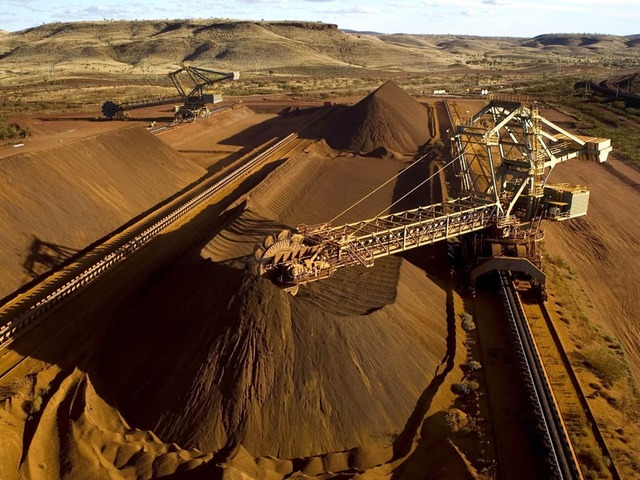China is set to snap up significant volumes of low-grade Indian iron ore in coming weeks, as Chinese steelmakers seek out cheaper raw materials to cope with meagre profits, said traders and analysts.
On Nov. 19, India scrapped a 50% export tax on iron ore that been in place since May, and although the country is a minor producer compared with Australia and Brazil, cheaper ores are currently in hot demand.
“We are looking to resume buying from India after six months of suspension,” said a Shanghai-based iron ore trader who booked some cargoes of Indian pellets for December shipment last week.
“There’s room for prices to rise as demand for low-grade iron ore fines and pellets are supported by steelmakers’ incentives to bring down costs,” he added.
Steel demand in the world’s top producer of the metal has slumped in recent months as ballooning COVID-19 cases across China and an ongoing crisis in the property market halt construction.
The most active rebar contract on the Shanghai Futures Exchange SRBcv1 hit a 22-month low of 3,441 yuan ($478.40) per tonne on Oct. 31. Although prices have begun to recover as Beijing has pledged more support for the property market, steel mills are barely making a profit.
Profits for rebar and hot-rolled steel produced with blast furnaces were in negative territory last month, at -82 yuan and -156 yuan a tonne respectively, compared with 246 yuan and 402 yuan a tonne a year ago, according to consultancy Mysteel.
Profits are currently about 200 yuan a tonne, according to market participants.
“The restoration of Indian iron ore exports is definitely … positive news to Chinese steel mills,” said Niki Wang, managing editor for iron ore pricing at S&P Global Commodity Insights, adding that most mills were suffering a loss and seeking cheaper raw materials.
India’s export tax had been applied to iron-ore lumps and fines with less than 58% iron content, halting trade of the low grade of iron ore.
Chinese steelmakers have already increased the ratio of low-grade iron ore in their production to bring down costs, pushing up the price of the cheaper ores and narrowing the gap between high- and low-grades to less than $40 a tonne this month.
That is down from nearly $90 a tonne in March and the lowest since April 2021, according to SteelHome data.
“Enquiries are coming for pellets that are on offer at a premium of around $20 (per tonne),” said an Indian seller who declined to be named.
“The expectation is that exports will pick up,” he added.
Pellets with 60% iron content were quoted around $110 to $112 per tonne, he added.
Still, Indian cargoes are only a short-term solution, said traders, given the small volumes available.
China imported 33.5 million tonnes of Indian iron ore in 2021, including 6.9 million tons of iron ore pellet products, or about 3% of its total 1.12 billion tonnes of imports, according to S&P Global.
“Its tens of millions versus hundreds of millions. India will just contribute a small addition to the market,” said a second Chinese trader.
He expected 15 million to 20 million tonnes of Indian iron ore to reach China next year.
Source: Hellenic Shipping News






